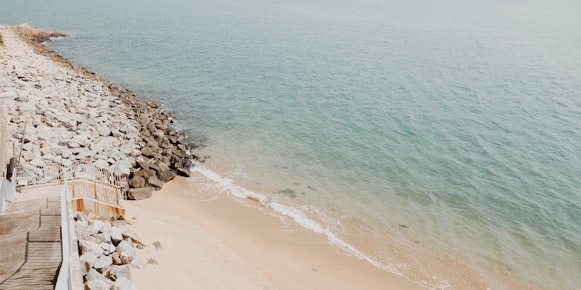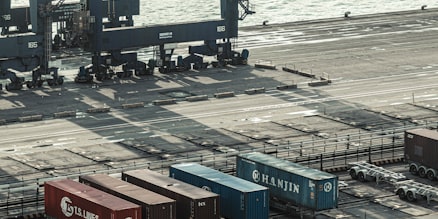
Hapag-Lloyd Cruises announced that it will use low-sulphur Marine Gas Oil (MGO) on all expedition ships from July 2020. Currently, the company is using MGO in particularly vulnerable areas like the Arctic, Antarctica and Kamchatka.
Speaking about this decision, Karl J. Pojer, CEO Hapag-Lloyd Cruises, said that it was made to protect nature and the environment.
GET THE SAFETY4SEA IN YOUR INBOX!
Name:
Today, Hapag-Lloyd Cruises is using MGO in particularly vulnerable areas such as the Arctic,...
https://safety4sea.com/hapag-lloyd-cruises-to-stop-using-hfo/





